The sweet and bitter truths about women in agrarian Central Asia
Agriculture plays an important role for the majority of Central Asian economies, and so do women, who are increasingly involved in most agricultural activities. This feminization of agriculture is clear when you look across the fields or at photos from rural areas.
Yet, there are some bitter truths about women’s contributions and added values – truths that are not recognized and do not appear in agricultural statistics. Because, although women shoulder a greater share of the responsibilities, many of them are forced to take on agricultural wage labor under informal and volatile agreements with farms. These provide unreliable incomes and offer poor working conditions.
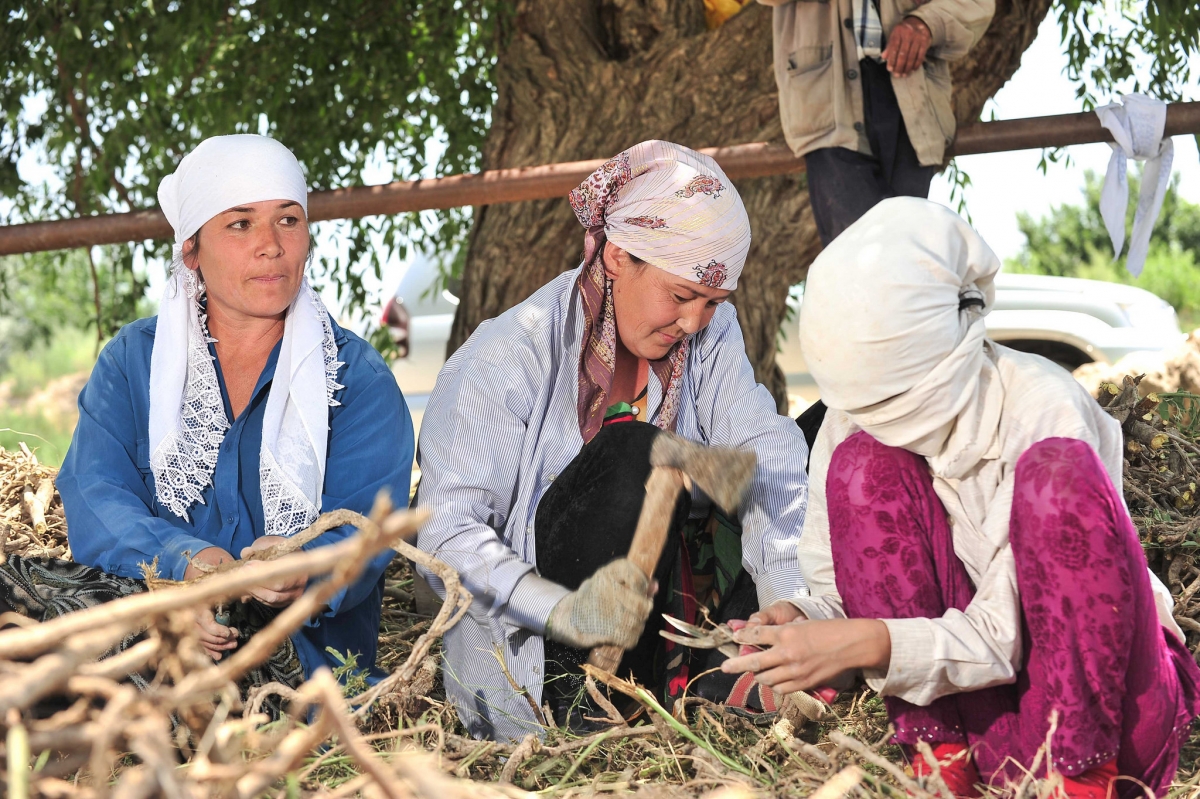
When men leave, women play a greater role
The intensification of agriculture leads to concentration of resources and production benefits, with fewer but bigger landowners, and fewer but less accessible markets. Oftentimes, landowners and those who are at the top of the agricultural value chains are men.
For example, during the land allocation process in Tajikistan, few women were able to access the land application process because the land distribution committees, consisting of only male representatives, considered women incapable of handling farm management and related financial matters. Similar to this Tajik case are the experiences from Uzbekistan, where possessing farm management experience and agricultural machinery were set as criteria for obtaining land use rights, effectively excluding many women.
These barriers limit or leave no prospect for women to own land or to have direct access to benefits from their own production. Nevertheless, in most of Central Asia, the number of female wageworkers within the informal agrarian labor market continues to grow as agricultural production accelerates.
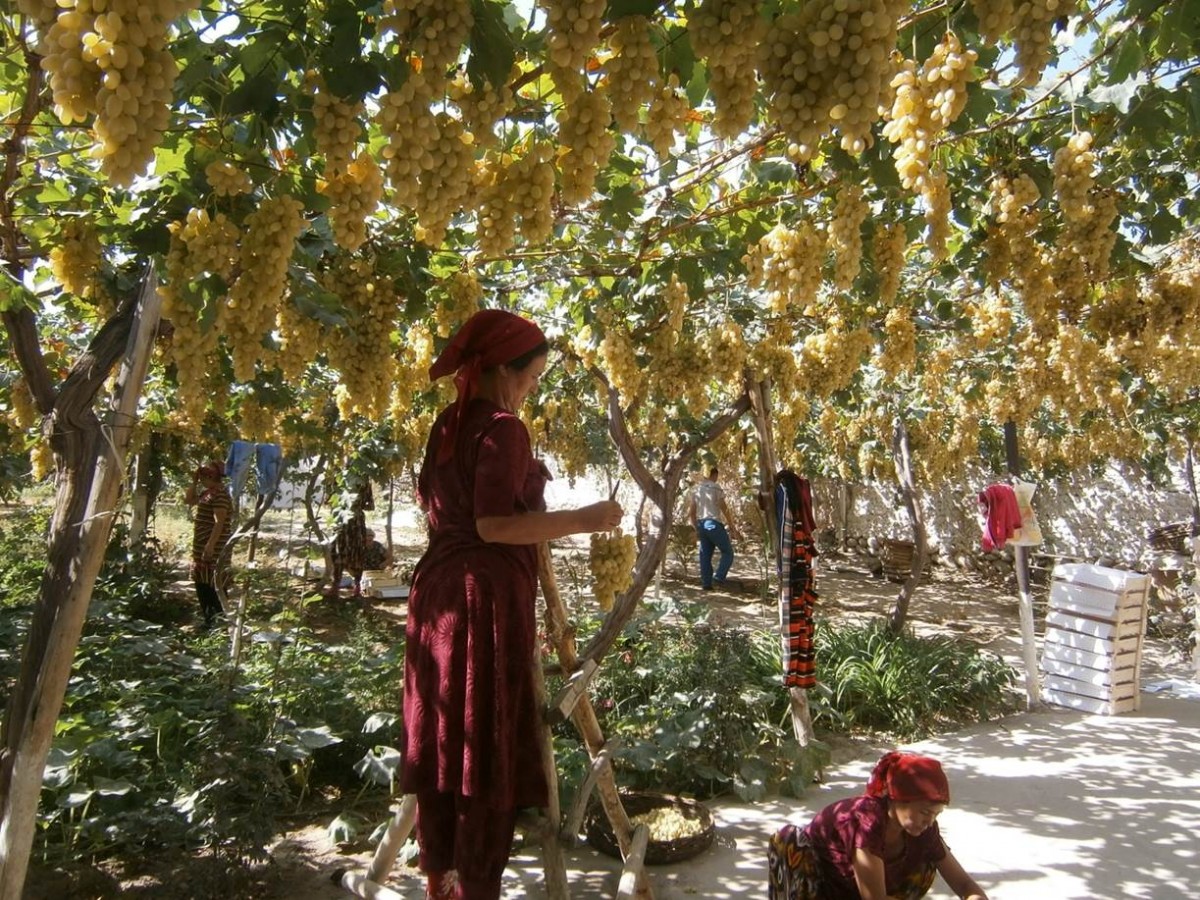
In addition, the out-migration of men, who are seeking work outside the agricultural sector, leaves women as the majority in rural areas. Thus, often feminization of agriculture occurs when women become the only available source of labor.
These structural changes result in rural women breaking from male-dominated societal norms and patriarchal values by participating more in subsistence farming and by taking on more responsibilities. They fill the roles of the absent men, forcing female labor out of its conventional, cultural settings and effectively reducing the occupational segregation in agriculture. The challenge is for the society to face the truth of the shifting gender composition within agriculture and other occupations.
Informal labor agreements rob women of common benefits
Feminization of agriculture in Central Asia goes beyond women working as laborers on farms; it implies that women are taking over a wider number of agricultural occupations, including those that were formerly considered to be male activities. This appears simultaneously on multiple spatial and social scales, and it impacts various levels of the value chain for different inputs of agricultural production. For example, women taking on new responsibilities within water management and other non-farming activities position them as being more than unskilled agricultural workers.
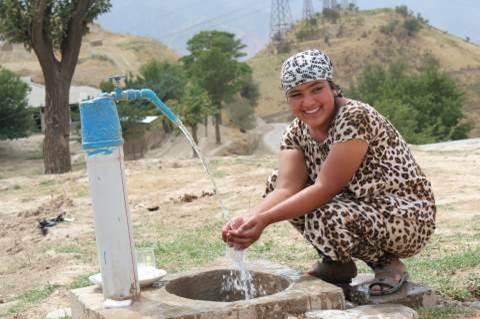
Although we can be proud of women taking job positions that they never imagined they could handle—such as being water masters, responsible for water allocation and distribution to households, and irrigators at the farm level—these women are still operating outside both the traditional and new institutional settings. Being outside these settings excludes them from established benefits such as pensions, but non-involvement can also be an advantage and can enable them to manipulate the settings.
Although the jobs women perform remain subject to low protection, security and earnings, their increased participation in the labor force could be a good sign. Women are gaining access to a wider spectrum of labor opportunities, developing greater sensitivity to economic, social, and political events as well as increasing their decision-making power.
In my experience from northern Tajikistan, the vitality of often-informal employment relationships has grown as the male employer has come to trust the laborer and as a result of the performance of female workers in various positions as well as their mutual cooperation. Thus, the feminization of agriculture has brought about some modification of social behavior and cultural norms, yet it is still under question whether these changes are positive and sustainable over time.
Uncertain futures for Central Asian women
Male labor migration leads to increased opportunities for autonomy and better employment for women; however, it could also lead to opposite consequences. One particular risk is that the persistently informal character of female agricultural labor can downgrade the social status of female workers by excluding them from benefits that men typically harvest, including beneficial worktime regulations, employers’ contributions to health and pension systems and career opportunities. It’s our challenge to tackle these issues as the agricultural transformation continues.
Read more:
- The feminization of agriculture in post-Soviet Tajikistan
- Integration of villages into WUAs-the rising challenge for local water management in Uzbekistan
##
Thrive blog is a space for independent thought and aims to stimulate discussion among sustainable agriculture researchers and the public. Blogs are facilitated by the CGIAR Research Program on Water, Land and Ecosystems (WLE), but reflect the opinions and information of the authors only and not necessarily those of WLE and its donors or partners. WLE and partners are supported by CGIAR Fund Donors, including ACIAR, DFID, DGIS, SDC and others.



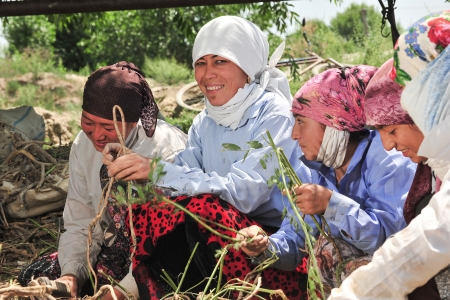
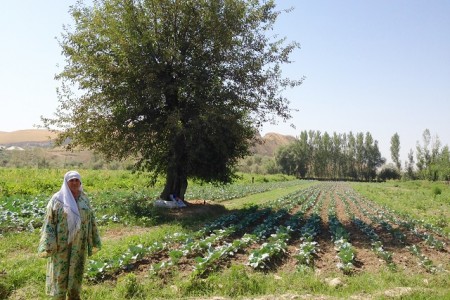


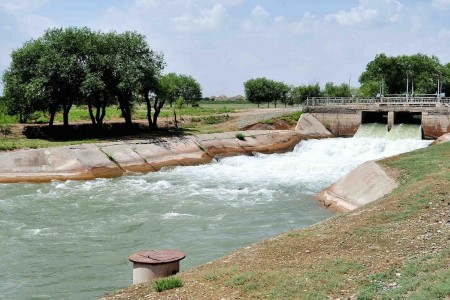


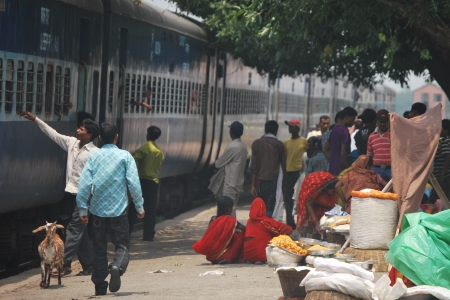
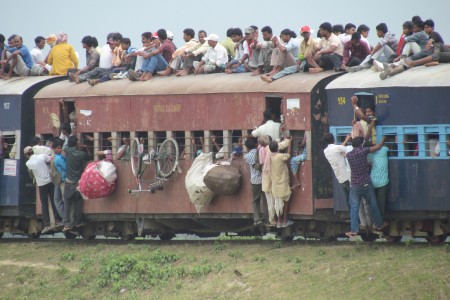
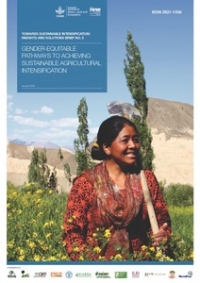
Comments
When I travelled the post-Soviet countries in the 1990s, I met female accountants, kolkhoz directors and even tractor drivers. Where are they now?
Dear Martin Petrick, thank you for your question.
Although the Soviet Union tried to keep the kolkhoz system uniform, yet local cultural peculiarities played significant role in shaping the organization of labour and agricultural activities in each country. So depending which countries you visited, the gender dynamics could have been diverse.
In case of Uzbekistan and Tajikistan female accountants are encountered more often than female heads of private farms. Women can manage farm only when replacing their husbands or sons while they are working outside of their home villages.
During the Soviet period indeed, women were encouraged to be actively involved in various occupations, including as tractor drivers, however now the ownership is not anymore collective and decisions are made by the owners of tractors who are usually men. There is a lack of agricultural machinery in most post-Soviet countries and buying new equipment is costly, therefore, machinery is considered to be an asset that can also bring good profit when tractor services are in demand. Economic and gender occupational segregation still holds the barriers for women to enter into male dominated occupations. However, I expect that such women who took over water mastering jobs, when necessary and provided with opportunities to build their capacities, would be eager to drive a tractor too.
Dear Nozila, thank you for informative article. My question is what can be done for improving the conditions of women in rural areas and how they can be integrated in decision making process?
Dear Zarema, thank you very much for your question.
There are many ways and approaches to address your question that is also closely linked with the context that could be general or targeted to a specific village or a special group of rural women.
Feminization of agriculture is a process that is not always a voluntary choice of women themselves, but necessity and feeling of responsibility as the caretakers of their families in absence of men. As mentioned in the blog post, in most cases the jobs are informal. Informality means not only the absence of formal registration as an employee and having access to the social security system, but also that the employer does not carry any responsibility about the employee, does not provide any security for future employment and not care about the working conditions or facilities and children caretaking services. The states, local and international communities should stimulate and support rural communities and farm managers that have high numbers of female agricultural workers in their efforts of 1) reducing the pay gaps and formalizing the employment relations; 2) providing access to knowledge and capacity building; 3) creating services and introducing technologies that would allow to build capacities and to improve in mastering new occupations that were not accessible or thought inappropriate for women due to male domination. States should raise the awareness of people about gender topics, include deeper gender analysis into statistics and development agendas.
Voices of women can already include solutions. It is important to understand the context but also the specific needs of rural women and conduct gender inclusive assessments of any legislative or development project. Involving both men and women representatives in the process of project design and implementation and evaluation using special tools and methods , for example in The Gender in Irrigation and Learning Improvement Tool (GILIT) that can be used for designing and evaluating irrigation schemes.
Add new comment